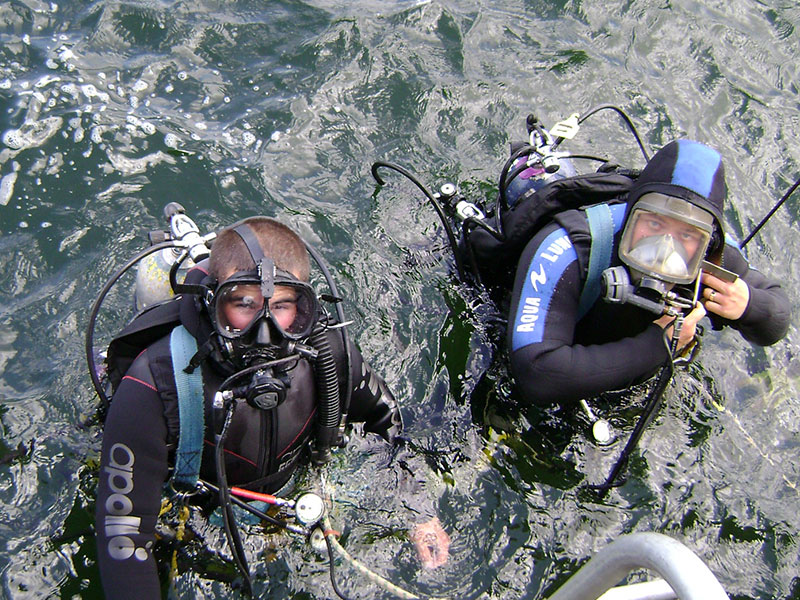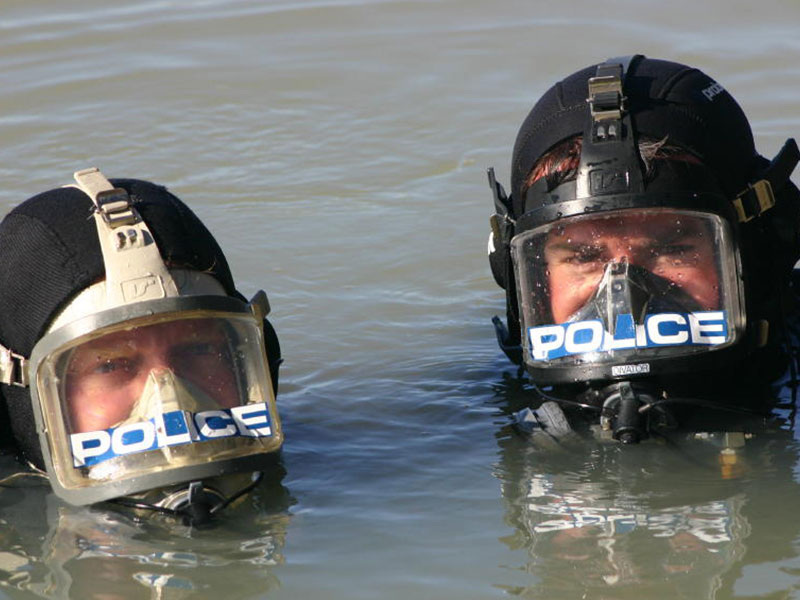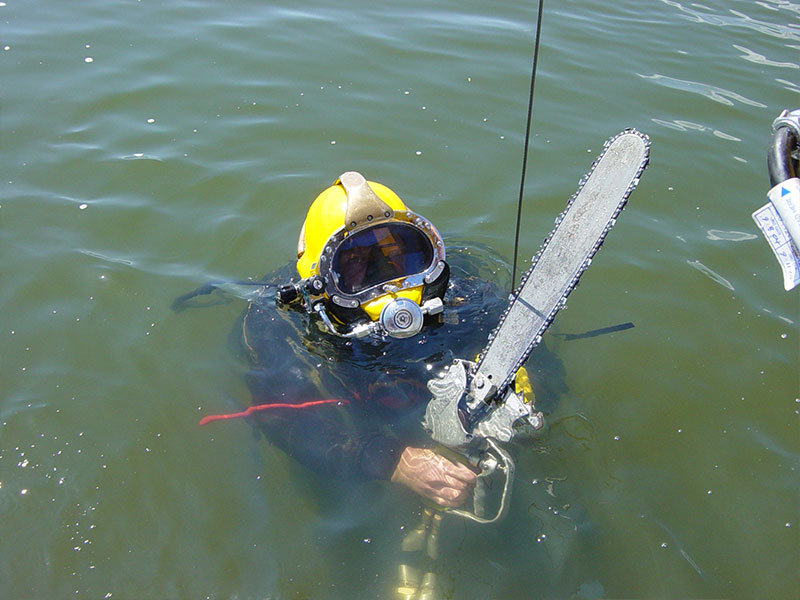Course Overview
The Aquaculture SSBA to 30m course has been requested by the Australian seafood industry to meet its legislative requirement for ADAS training for tuna, salmon and farm diving operations.
The emphasis of the course is to train recreational qualified SCUBA divers to working safely and effectively as members of a diving team, on surface supply. The training is on modern light weight full face masks with effective communications, to successfully achieve a variety of light manual work tasks required of seafood divers.
It comprises an abridged version of the Part 1 theory combined with the SSBA equipment theory from the Part 2 course. The practical component consists of an expanded number of relatively short SSBA dives focussed on the limited set of Aquaculture skills.
Course Standards
The course meets the requirements of:
- The diving Units of Competency of the Seafood Industry Training Package SF104 and can therefore be used to meet the legislative need for accredited diver training for the Salmon farming industry in Tasmania and South Australia.
- Partial completion of Certificate IV in Hyperbaric Operations (Seafood industry diving). National Qualification Code: 11006NAT.
Note: If you study at an ADAS training establishment outside of Australia you may not be eligible for this Australian Qualifications Framework certificate. The ADAS licence, however, is issued at all ADAS training establishments.
- All ADAS schools teach to the ADAS standard, this means that graduates of non-VET accredited schools may apply to ADAS for a VET qualification through a Recognition of Prior Learning (RPL) process. Contact ADAS for more information about this process.
Student Prerequisites
Before applicants commence ADAS Aquaculture training, the ATE must ensure that they:
- Are at least 18 years of age at the commencement of training
- Are in possession of a valid certificate of medical fitness to dive (see AS/NZS 2299.1) issued, after examination, by a doctor trained and experienced in underwater medicine in accordance with the requirements in AS/NZS 2299.1, and that certification remains valid until the scheduled completion date of the training being undertaken. If the trainee‘s health has changed significantly since the medical certificate was issued, the trainee shall seek an appropriate medical review.
- Are able to swim competently.
Note: Swimming competence shall be demonstrated by the trainee, at a minimum, completing a 200m swim on the surface while neutrally buoyant within eight minutes; and by the trainee treading water for 10 min while fully clothed (i.e., wearing a long-sleeved shirt and long pants).
- As a minimum hold a recognised certificate of recreational diving competence (e.g. an open water sports diver qualification from a recognised SCUBA training organization, or a certificate as a military diver and demonstrate logged evidence of at least ten (10) dives undertaken since receiving certification and within 6 months of commencing the ADAS training course.
- Hold either a recognised current Diver Medic Technician certificate or a current First Aid certificate from an accredited training organization (i.e. has been certified within 3 years of the conclusion of the proposed training program) and CPR and oxygen resuscitation skills must have been refreshed within the 12 month period prior to the conclusion of the training program. The student’s First Aid qualifications must meet the competency requirements of AS/NZS 2299.1 Occupational diving operations standard operational practice.
- Is able to add, subtract, multiply and divide whole numbers, decimals and vulgar fractions; calculate percentages; and transpose and solve simple formulas, eg gas laws.
- Unless Non-English Language (NEL) speaking course arrangements have been made with ADAS, can understand written and verbal communication in English, and can communicate effectively in English with other person.
Competencies
The following units of competency are completed:
- BSBWHS211 Contribute to health and safety of self and others
- NAT11006001 Work safely in hyperbaric operations
- NAT11006002 Maintain effective working relationships within dive or hyperbaric operations team
- NAT11006062 Work effectively in the occupational diving industry
- NAT11006065 Apply knowledge of basic physics, anatomy, physiology and psychology to hyperbaric work
- SFIDIV301 Work effectively as a diver in the seafood industry
- SFIDIV302 Perform diving operations using SSBA
- SFIDIV304 Undertake emergency procedures in diving operations using SSBA
- Elective: NAT11006004 Assess diving casualty and assist with first aid and treatment of diving illnesses and injuries
- Elective: SFIDIV303 Perform diving operations using SCUBA
- Elective: SFIDIV305 Undertake emergency procedures in diving operations using SCUBA
- Elective: NAT11006058 Use enriched air nitrox in occupational diving operations
Delivery & Assessment
The Aquaculture course is of a minimum duration of four (4) weeks. That is, a minimum of twenty [20] course days are to be programmed to meet the training, assessment and administration requirements of the course.




